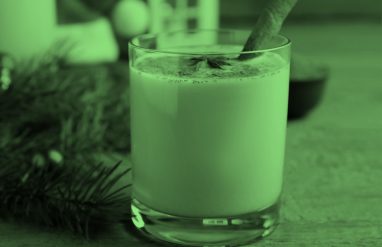Drink up these facts
When the leaves fall off the trees, and the weather gets colder, people tend to ditch their tropical warm-weather drinks and opt for something rich, hot, or both. These beverages are brought out for the holidays or simply any time someone needs a winter warmer. Most have names that you don’t hear much outside of the season, and many have an origin story that dates back hundreds, if not thousands, of years.
From mulled wine to hearty eggnog, these are the holiday drinks that seem to make the rounds every year.















